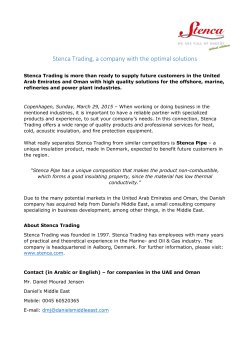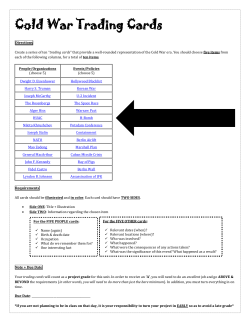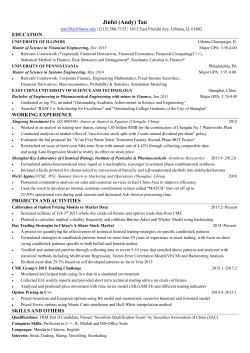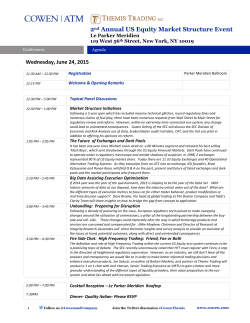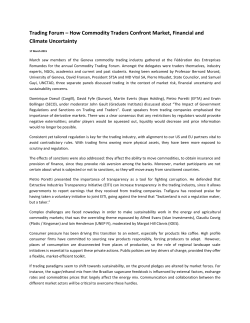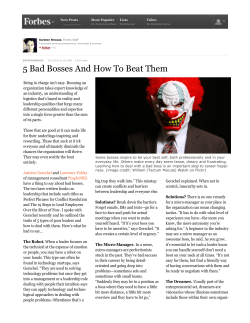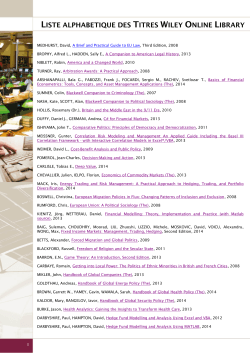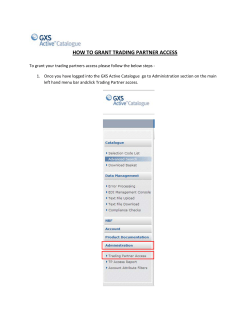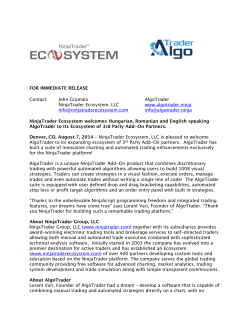
1.877.LGK.5622
1.877.LGK.5622 1.877.545.5622 (Tel./Fax) 217 N. Seacrest Blvd., #563, Boynton Beach, FL 33425 (Main) P.O. Box 5503, Washington, DC 20016 (Capital Beltway) Trading Places – What We Can Learn From the Classic Eddie Murphy/Dan Aykroyd Movie Trading Places is a 1980’s motion picture starring Eddie Murphy, Dan Aykroyd, Ralph Bellamy and Don Ameche about a street hustler (Billy Ray Valentine) and a privileged yuppie (Louis Winthorpe III) that, thanks to a bet between two wealthy but bored old men, trade places in their “careers.” Though the story is presented as a workplace comedy, surprisingly enough there are some important lessons for the real workplace managers can take away from this the-prince-and-the-pauper-like remake. In addition, the concept of trading places is a notion whose time has come. An Oprah-favorite television show, Undercover Boss recently restyled the trading places model in a more dramatic, reality-show format with a twist. In this series, the owner or CEO type of a company stepped down with the rank and file employees to observe their work performance, attempt to perform these positions and witness the front lines and behind-the-scenes happenings. The employees did not know the identity of their new work colleagues. Bosses were able to encounter their company from another perspective, one in which they were oblivious, ill-informed and/or naïve about prior to this undertaking. It was a life-changing exercise for both the bosses and the employees. So, what are some of the common messages in these trading places experiences? Here are three along with some actual parallels: It can be enlightening to walk in another person’s shoes and understand the issue from another person’s perspective. The undercover bosses were confronted with work situations they found challenging, despite their status as the boss. It gave them a new appreciation for what they were mandating to their employees. It can also help prevent a public relations disaster, such as what was experienced by Bank of America when they announced a new monthly fee for debit card usage. Had the executives spent time in the branches or in a customer service capacity, they would have known what many of their tellers already knew about it being a monumentally detestable decision that would create backlash among their clients. Images can change. Louis Winthorp III was an upwardly mobile young man who went to all the right schools, had all the right friends and a perfect job. His image as a smart, capable business man would have been confirmed by his friends and colleagues. A false arrest and a visit to the police precinct changed all that. On the other side, Billy Ray Valentine was begging for change on the streets, a hustler to his friends, yet when made over in suit and tie, his image was altered and he was appreciated as a successful stock analyst. In the real world, Mark Zuckerberg’s image was that of a nerdy, 20-year old, self-centered rich kid. The Facebook co-founder’s donation to the Newark Public School System changed people’s perception of him as that of a responsible citizen interested in helping others and sharing his wealth with a worthy cause. Great ideas can come from all levels. The undercover bosses were pleasantly surprised by the rampant, bottom-up innovation from their employees. However, in order to successfully introduce new initiatives, there must be clear communication for the employees and the customers as well. Just ask Netflix. They had what many had considered a great product on the cutting edge of service and technology on all levels. However, the change in their subscription plans was not communicated effectively, making them look greedy and unorganized. They were greeted with falling stock prices and an exodus of 800,000 customers. Their new subscription plan was not as flawed as their communication plan. Of course it is not always feasible for employees to trade places with each other, but it can be a good strategy for management to know first-hand about the various positions or to have cross training in other departments. Mobil Oil was famous for the former. Its marketing representatives went through a training program that included working in a service station for several months pumping gas, washing windshields, checking oil and selling coffee and travel guides. The benefit is that the trainees, mostly business school graduates, would know the consequences of their suggestions and be better equipped to advise on business strategies. Marriott Corporation was famous for the latter. Their executives are trained from the ground up and must do things such as change hotel sheets and clean bathrooms with the housekeepers. When their TownSuites division implemented a cross-training program it resulted in higher employee job satisfaction and improvements in guest services. Beyond the movie, Trading Places, and the television show, Undercover Boss, it is a good practice to know your business from all angles – up, down and sideways – and to be able to step in, emphasize with and strategize at every level – the trading places concept. Studies show it creates a happier workforce and in turn, more satisfied customers and clients. And as illustrated, it can help with public relations, image and corporate reputation and help companies focus on the importance of communication Leisa Chester Weir is a principal of LGK Marketing Communications Collective, Inc. LGK's insight can maximize your momentum. Contact us today. Web www.lgkmarketingcc.com | Twitter | LinkedIn www.twitter.com/lgkmarketing http://ow.ly/cOnJw | Facebook www.facebook.com/LGKMCC
© Copyright 2025
